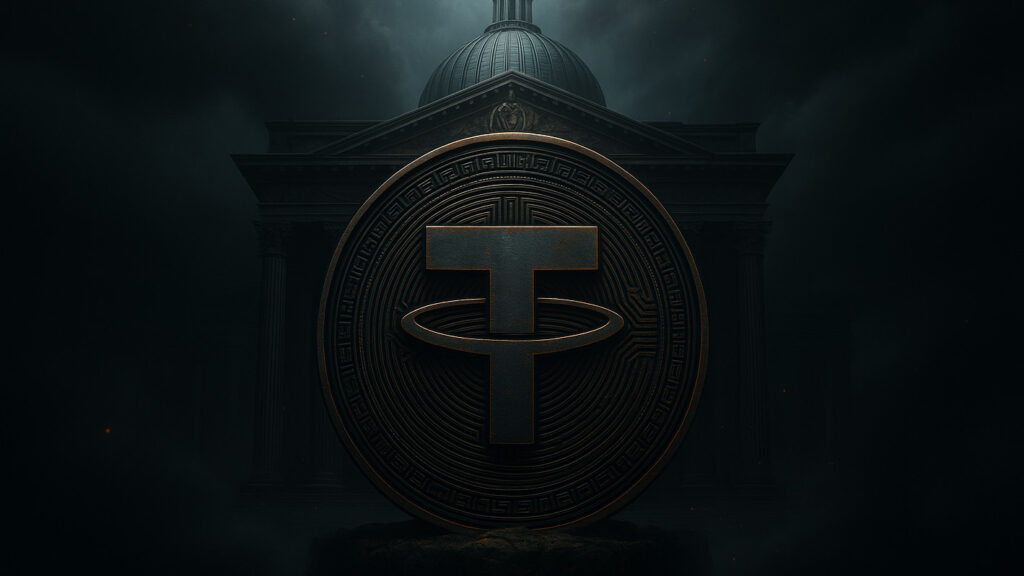Ki Young Ju, CEO of blockchain analytics firm CryptoQuant, has forecasted the rise of “dark stablecoins”—censorship-resistant digital assets—as global regulatory scrutiny on stablecoins intensifies. In a recent statement, Ju highlighted the potential for these decentralized alternatives to gain traction as traditional stablecoins face increased oversight.
Understanding ‘Dark Stablecoins’
Dark stablecoins are envisioned as digital currencies designed to maintain price stability while operating outside the purview of centralized authorities. Unlike conventional stablecoins like Tether (USDT) or USD Coin (USDC), which are backed by fiat reserves and managed by centralized entities, dark stablecoins would prioritize user privacy and resistance to censorship.
Ju suggests two primary models for these assets:
- Algorithmic Stablecoins: These would rely on decentralized protocols and smart contracts to maintain their peg, eliminating the need for centralized control.
- Sovereign-Issued Stablecoins from Non-Censoring Jurisdictions: Countries with minimal financial censorship could issue stablecoins that offer users greater transactional freedom.
An example includes decentralized stablecoins that track the value of regulated assets like USDC using oracle networks such as Chainlink. However, Ju notes that successful implementation of such models remains to be seen.
Regulatory Pressures Prompting the Shift
Stablecoins have traditionally operated with limited government interference, serving as tools for various groups, including Chinese miners, to store and transfer assets. However, Ju warns that this landscape is changing. He anticipates that government-issued stablecoins will soon face regulations akin to traditional banking, potentially involving automatic tax collection through smart contracts and the ability to freeze wallets based on governmental directives.
Such regulatory measures could drive users seeking privacy and autonomy toward dark stablecoins. Ju emphasizes that individuals who previously used stablecoins for significant international transfers might look for censorship-resistant alternatives in response to these developments.
Potential Implications for Existing Stablecoins
Ju also speculates on the future of established stablecoins like USDT. He posits that if Tether, the issuer of USDT, chooses not to comply with U.S. regulations under a future administration, it could be reclassified as a dark stablecoin. This shift would position USDT as a censorship-resistant asset in an increasingly regulated digital economy.
Conclusion
As regulatory frameworks evolve, the crypto industry may witness the emergence of dark stablecoins catering to users prioritizing privacy and decentralization. While these assets could offer alternatives to traditional financial systems, their development and adoption will depend on technological advancements and the global regulatory environment.
